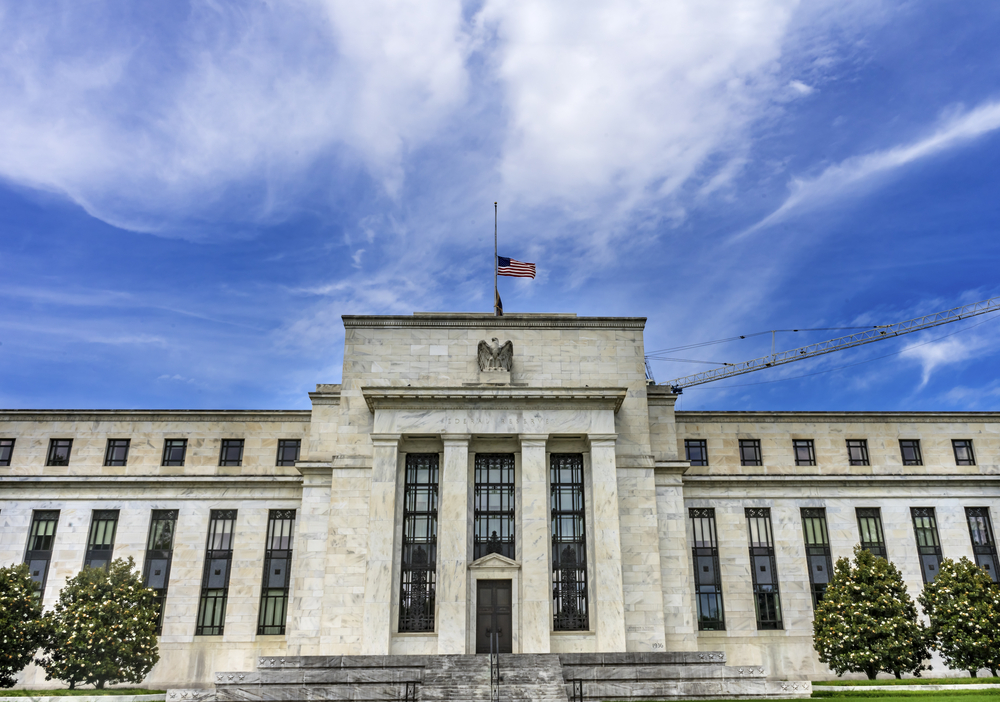
Monetary Policy & Inflation | US

Monetary Policy & Inflation | US
This article is only available to Macro Hive subscribers. Sign-up to receive world-class macro analysis with a daily curated newsletter, podcast, original content from award-winning researchers, cross market strategy, equity insights, trade ideas, crypto flow frameworks, academic paper summaries, explanation and analysis of market-moving events, community investor chat room, and more.
Two recent data points make me wonder how much more change we can expect in the administration’s tariff and Fed personnel policies.
First, is the actual tariff rate, which has remained at 10% since June (Chart 1). Based on policy announcements, the average effective tariff rate is about 17% (Yale’s Budget Lab estimate). So, the administration has made no progress implementing tariffs over the past three months or it has quietly stopped raising tariffs further. Recent data, such as the exemption of pharmaceuticals from tariffs on India, suggests the latter.
Second, is the decrease in real wages growth (Chart 2). During his confirmation hearings, US Treasury Secretary Bessent proclaimed it was ‘Main Street time.’ Wall Street would do ‘well enough’ but it would not be the administration’s focus. However, data shows the opposite. Equity markets are scaling new highs, but real wages growth has been falling. It was 0.8% YoY in August, almost half of April’s 1.5%. The end of mass, low-skill immigration has not kept nominal wage growth ahead of inflation, which tariffs have increased.
This begs the question of what President Trump wants to achieve with his Fed takeover. Much easier policy would likely let inflation loose and, since nominal wages adjust with an inflation lag, lead to lower wages and further worker unhappiness ahead of November 2026 mid-terms (Charts 3-4). Regardless, the Fed is about to ease anyway. This tells me the administration’s maneuvers to bring in Miran and remove Governor Cook could be a distraction and that data matters more than personnel issues for Fed policy. Data also suggests a convergence between Fed policy and administration wishes. The Fed must ease to address rising employment risks, but excessive easing would lift inflation and voter unhappiness.
I still expect, with low conviction, a 50bp cut at this week’s FOMC. Compared with a year ago when the Fed cut 50bp, downside risks to employment are stronger while inflation risks are higher. However, no sign exists of tariffs-induced broadening price pressures. So far, Chair Powell’s base case scenario of a one-time shift in the price level is playing out. What makes me think 50bp is more likely than 25bp is that once the labour market weakens in earnest and unemployment starts rising, it could so at a brisk pace.
(The commentary contained in the above article does not constitute an offer or a solicitation, or a recommendation to implement or liquidate an investment or to carry out any other transaction. It should not be used as a basis for any investment decision or other decision. Any investment decision should be based on appropriate professional advice specific to your needs. You are not permitted to publish, transmit, or otherwise reproduce this information, in whole or in part, in any format to any third party without the express written consent of Macro Hive. This includes providing or reproducing this information, in whole or in part, as a prompt.)
Spring sale - Prime Membership only £3 for 3 months! Get trade ideas and macro insights now
Your subscription has been successfully canceled.
Discount Applied - Your subscription has now updated with Coupon and from next payment Discount will be applied.